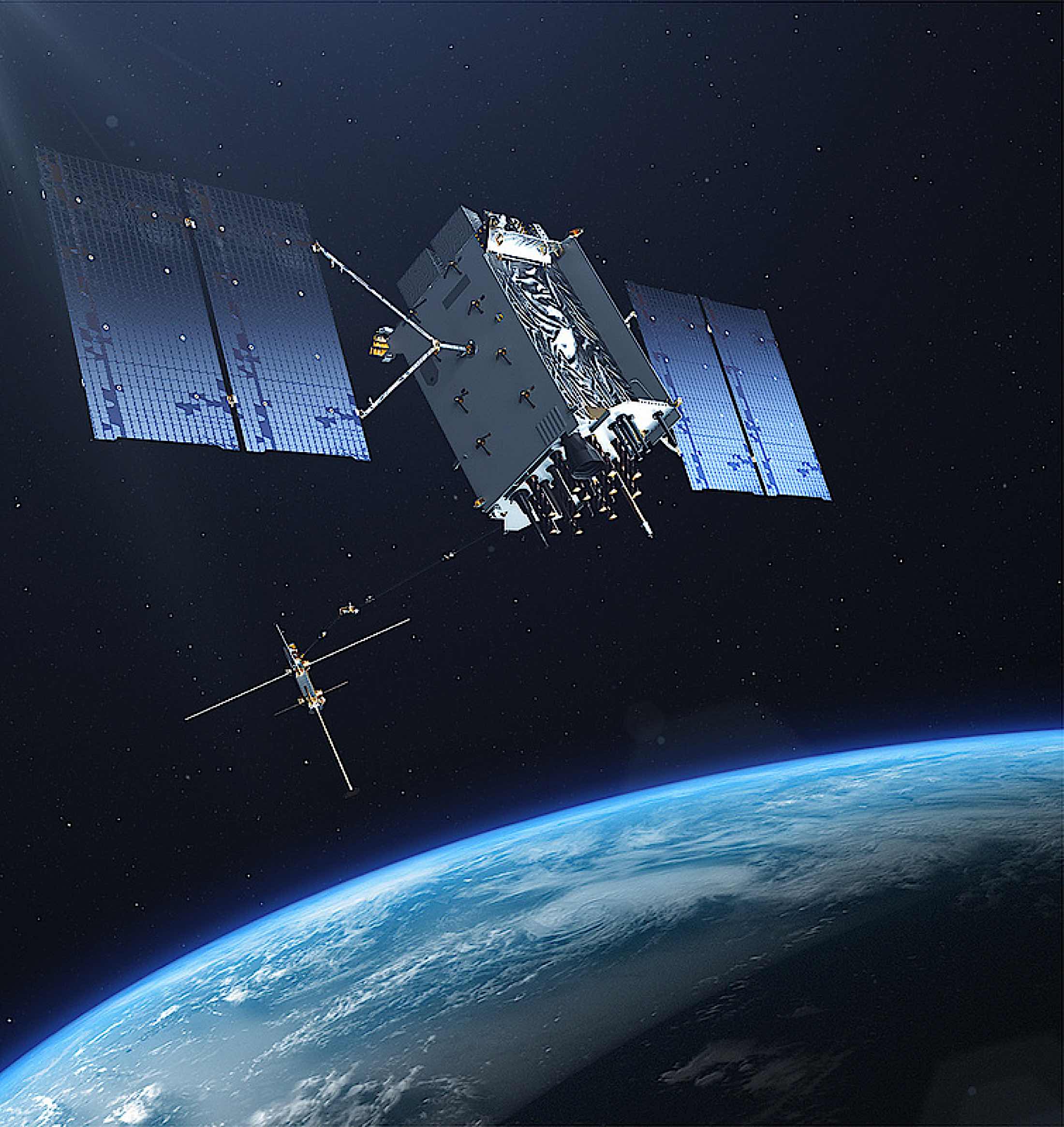Just over two years late, at the cost of $577 million, the next generation Lockheed Martin-built GPS III satellite will launch, if all systems are go, on December 18. It promises to “augment the current 31-satellite constellation to continue to provide the “gold standard” in positioning, navigation, and timing services for more than four billion users worldwide,” according to a release on the Vandenberg Air Force Base website:
“GPS III will deliver capability aligned with the Space and Missile Systems Center’s SMC 2.0 initiative which focuses on innovation to deliver capability to the warfighter. As the U.S. enters a new era with the declaration of space as a warfighting domain, SMC is re-architecting efforts which will manage other significant U.S. acquisition agility initiatives in order to drive innovation within the space enterprise and speed the delivery of new capabilities to warfighters.”

A $12 billion GPS
Ultimately, 32 GPS III satellites will replace the older generation satellites currently in orbit, with the first ten estimated at $577 million each, with the final 22 satellites to come in around $7.2 billion. The Government Accountability Office estimates the cost at $12 billion.
The core advantages of the system are:
- three-times more accurate than current satellites, accurate to within 3-10 feet (1 to 3 metres), versus the current 10 to 33 feet (3 to 10 metres)
- a stronger signal, more difficult to jam — which became important after Norway pointed to Russia as disrupting GPS signals in fall of 2018
- from a civilian usage point-of-view, compatibility with other civilian signal systems, such as the EU’s Galileo network.
- more satellites to lock on to improve accuracy.

Security issues and OCX
The network of current GPS satellites is managed from a high-security complex at Schriever Air Force Base near Colorado Spring. Only some features of the new technology will be available to civilians, and not before 2022 to 20123, according to Christina Chaplain of the Government Accountability Office. Civilian access relies on a new control system, which is not currently deployed.

The GPS III satellites must wait for the OCX control system, which is further behind schedule than the launch of the first satellite.
The second GPS III is complete, assembled in a cleanroom, and ready to move to Cape Canaveral. It is not scheduled for launch until the summer of 2019.

































